Day 2 – Matoke & Punishment Island Lake Bunyonyi
Cooking with love, learning with laughter, and uncovering a haunting past on Lake Bunyonyi
Table of Contents
I woke up to one of the most breathtaking views I’ve ever seen—mist dancing over Lake Bunyonyi, sunlight beginning to filter through, and the islands still cloaked in early morning calm. It was the kind of view that makes you stop and whisper a quiet “thank you.”
At breakfast, I tried a tree tomato for the first time—vibrant, tangy, delicious. You can suck the insides straight out or use a spoon like I did. Then we set off by boat across the lake to explore the hillside beyond. The water was smooth and cool, the boat gliding past birds and distant islands like a dream.
Cooking with Anna
Our first stop: a hike up the hill to Anna’s house, a local matriarch who welcomed us barefoot and beaming. Anna is strong, kind, and sharp—a mother of ten and a natural teacher. Outside her home, laid out on a cloth sack, were today’s ingredients: a pumpkin, Irish potatoes, sweet potatoes, and of course, Uganda’s beloved green bananas used to make the national dish matoke.
With knives with no handles, we peeled veg under her guidance, sectioning them into a pot lined with banana stalks and leaves to steam. I learned how Ugandan cooking is part art, part tradition: no fancy tools, just food from the ground to the table. It was enlightening – no fridges required, everything completely organic.
As we cooked, Anna’s granddaughter Mary—barely two years old—got the honour of licking the matoke spoon. That small moment of joy was something familiar, something universal. Food connects us all.
Crafts in the Hills
While lunch steamed on the open fire, we were taken to the local craft shop, where Anna’s son explained their incredible handiwork. Everything was made from nearby plants—papyrus, grasses, dyed fibres, and even recycled magazine pages, tightly rolled and varnished into beads.
I was amazed. You could still read the words on some of the jewellery. Resourcefulness like this isn’t just practical—it’s creative, sustainable, and beautiful. I even learned how to weave my own bracelet, which I proudly brought home. And of course, I shopped. Every handmade piece helps the local community, and every purchase tells a story.
As we climbed higher up the hillside, the views only got more spectacular—layer upon layer of green hills, scattered islands, and shimmering water far below.
The Herbalist and My Second Ugandan Lesson
Next, we visited a traditional herbalist, surrounded by bundles of dried plants and natural cures. He handed me a small pot of mysterious brown powder and suggested I sniff it to “clear my brain.” I politely declined. Alphonse, ever the brave one, took the hit—and immediately sneezed, his eyes streaming, feeling the burn.
As we descended the rocky trail, I learned my second lesson in Uganda: don’t get distracted by chickens or children when walking on steep terrain. I lost my footing, slipped, and landed with a thump—but thankfully, only my pride was bruised. Alphonse shared that in Uganda, children are taught to “tread firmly” from a young age. I took that to heart.
We climbed into our boat and continued across the lake to a place I’ll never forget.
Punishment Island: A Haunting Reminder
Floating in the middle of Lake Bunyonyi is a small, lonely island with a single tree. It’s called Akampene, or Punishment Island. In the past, unmarried girls who became pregnant were abandoned here to die—of hunger, exposure, or drowning. Most couldn’t swim. It was a harsh, unforgiving practice rooted in shame and control.
Some were rescued—often by men who wanted a wife but couldn’t afford a dowry. But many were not. It wasn’t until Christian missionaries arrived that the practice was challenged, asking a question no one had dared to: why aren’t the boys being punished too?
Even now, the island stands bare and silent—a powerful symbol of change, justice, and the resilience of Ugandan women.
A Legacy of Healing: Dr. Sharpe’s Island
Our next stop was Sharpe’s Island, named after Dr. Leonard Sharpe, a British missionary who arrived in the early 1900s. He built a leper colony on a nearby island with over 1,000 houses and worked tirelessly to eradicate the disease in the region. His legacy lives on in the small cottages now named after his family members.
We finished the day exploring handmade geodomes on another island—crafted from banana leaves and papyrus, looking out onto the shimmering lake. It felt like something out of a storybook.
As we passed yet another island, we spotted zebras and impalas—it turns out there’s even a small island zoo on Lake Bunyonyi. And nearby? The secondary school Alex once attended. He told us stories about canoeing across the lake with friends to eat sugar cane, and washing clothes at the water’s edge with 150 other boarding school boys.
It’s hard to describe the richness of this day—so many contrasts, so much beauty, so many stories. But one thing is clear: Lake Bunyonyi holds layers of history, joy, pain, and hope, all floating peacefully together.
🌿 Travel Tip of the Day
- Matoke (steamed green banana) is Uganda’s national dish – savoury, comforting, and filling and best served hot.
- Cooking with local families is one of the best ways to connect with culture – and it’s far more memorable than any restaurant meal.
- Most Ugandan homes use banana leaves to steam food without modern appliances – it’s sustainable and imparts beautiful flavour.
💛 Personal Reflection
Today reminded me that culture lives in kitchens and stories, in crafts passed down through generations, and even in the things we no longer do. Uganda is a land of deep traditions—and a future shaped by those who dare to ask why.

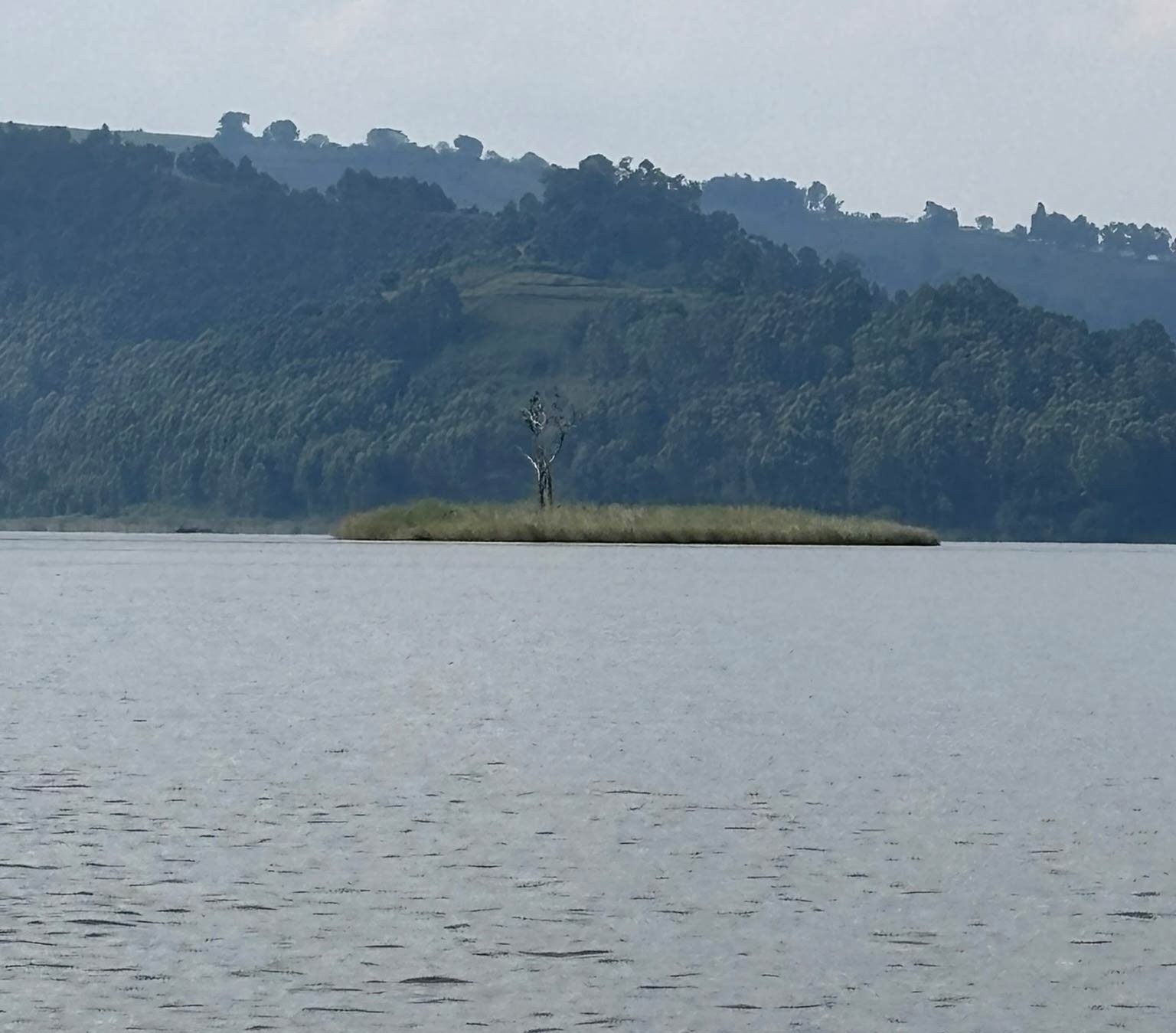
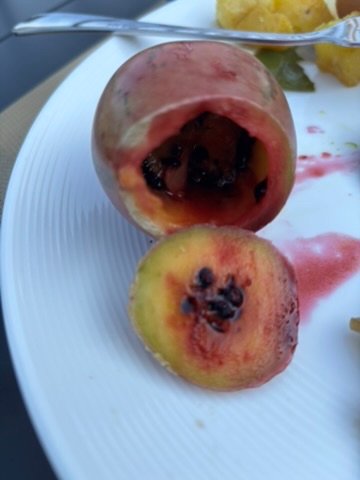
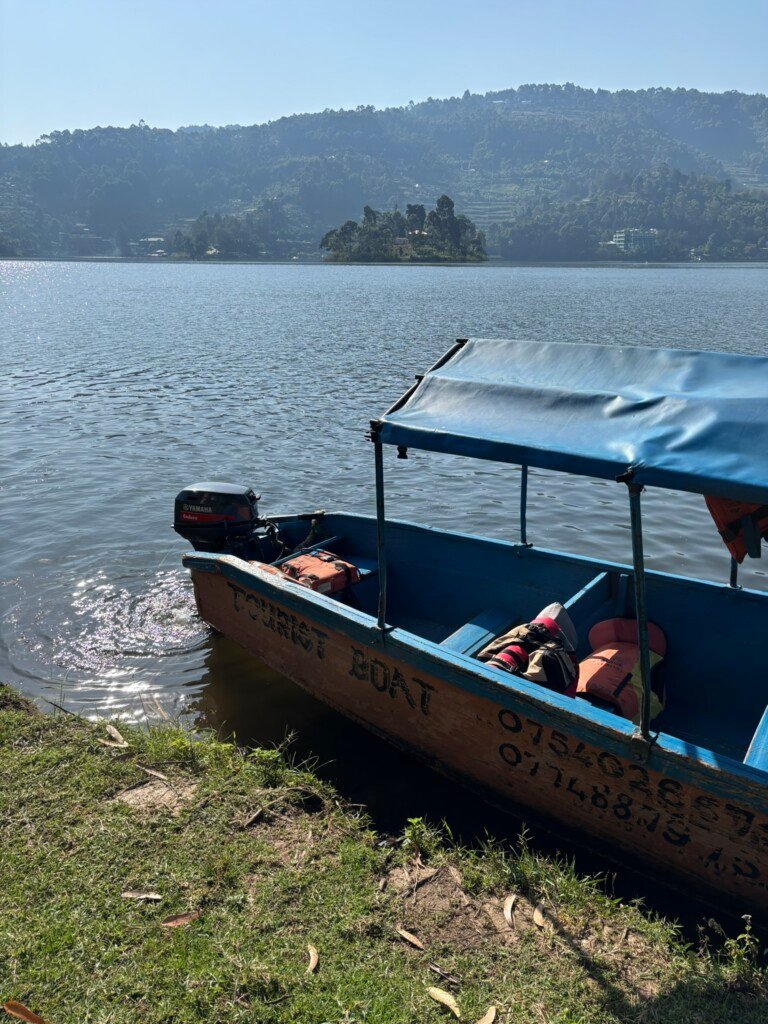
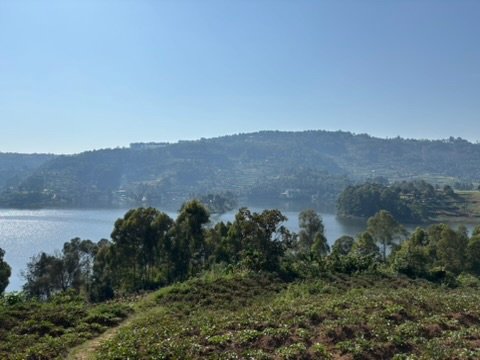
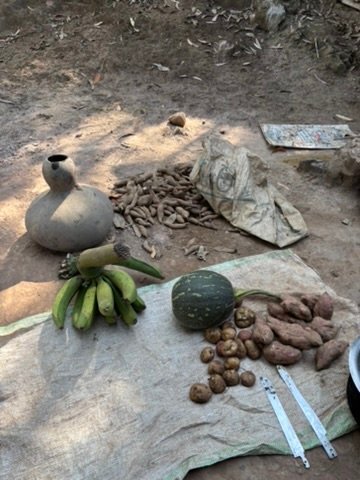
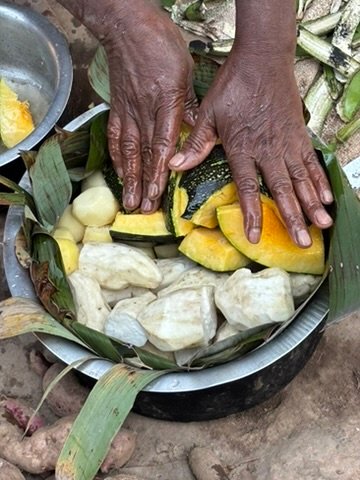
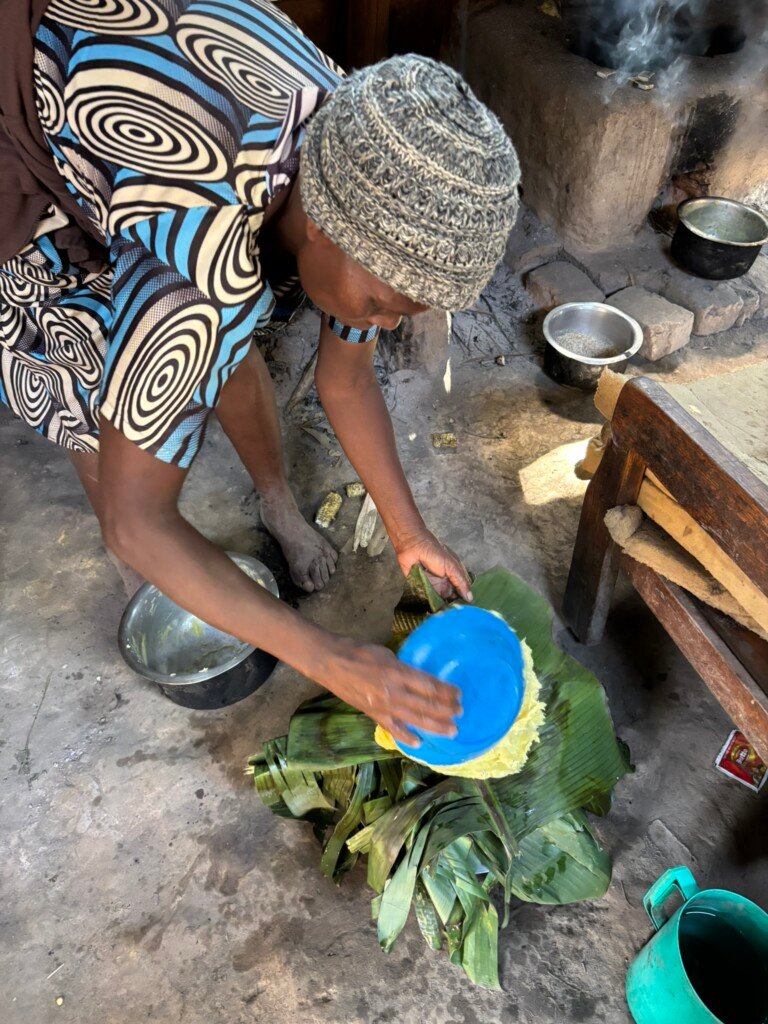
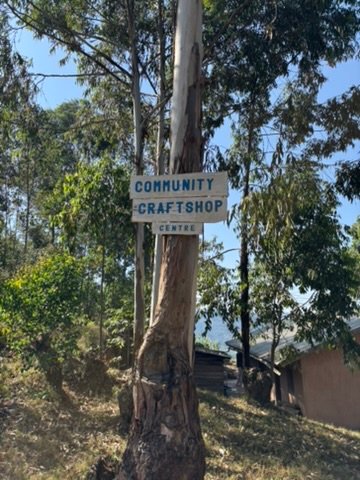
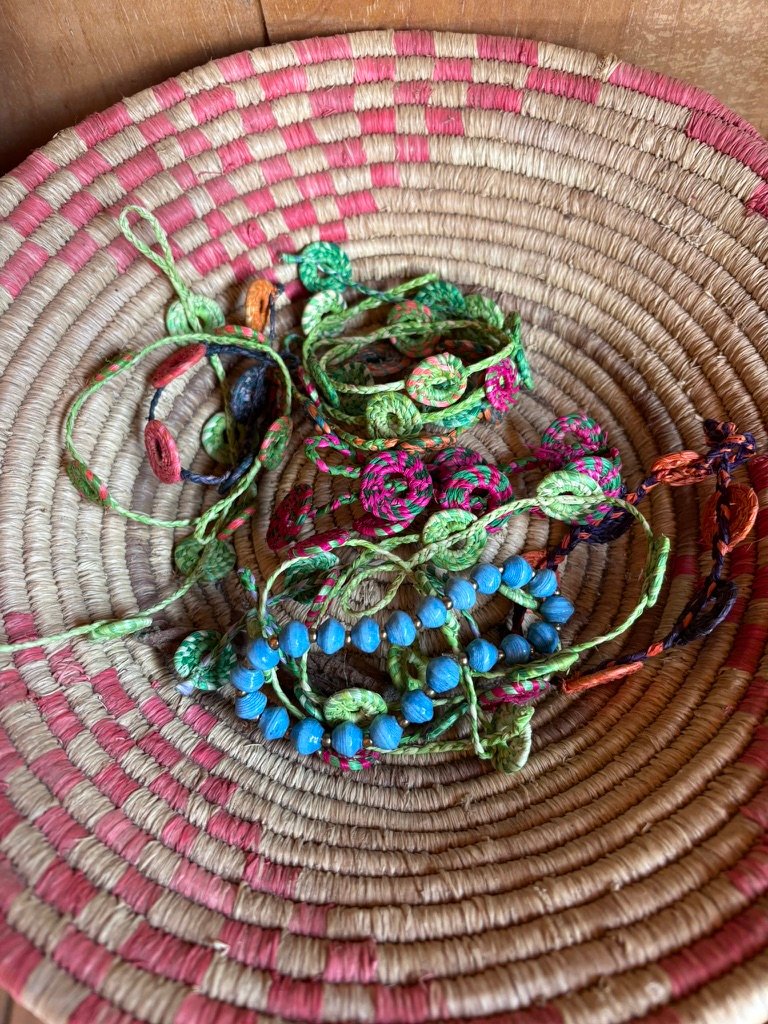
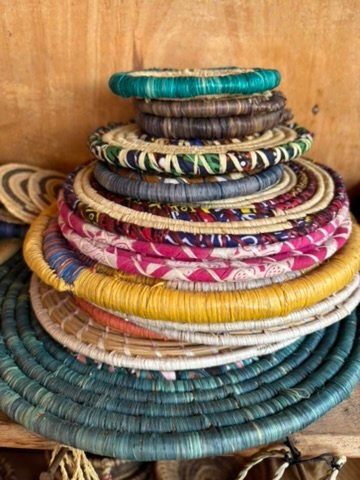
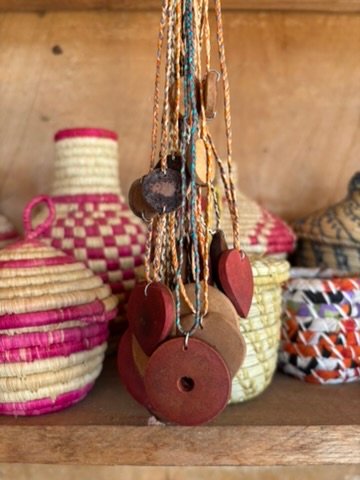
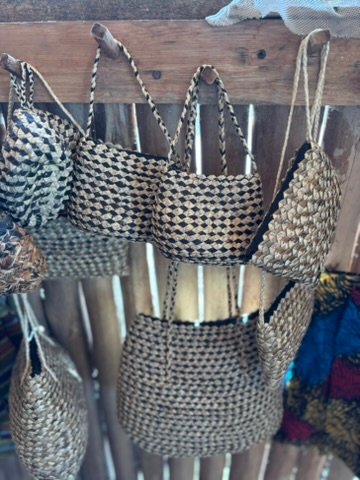
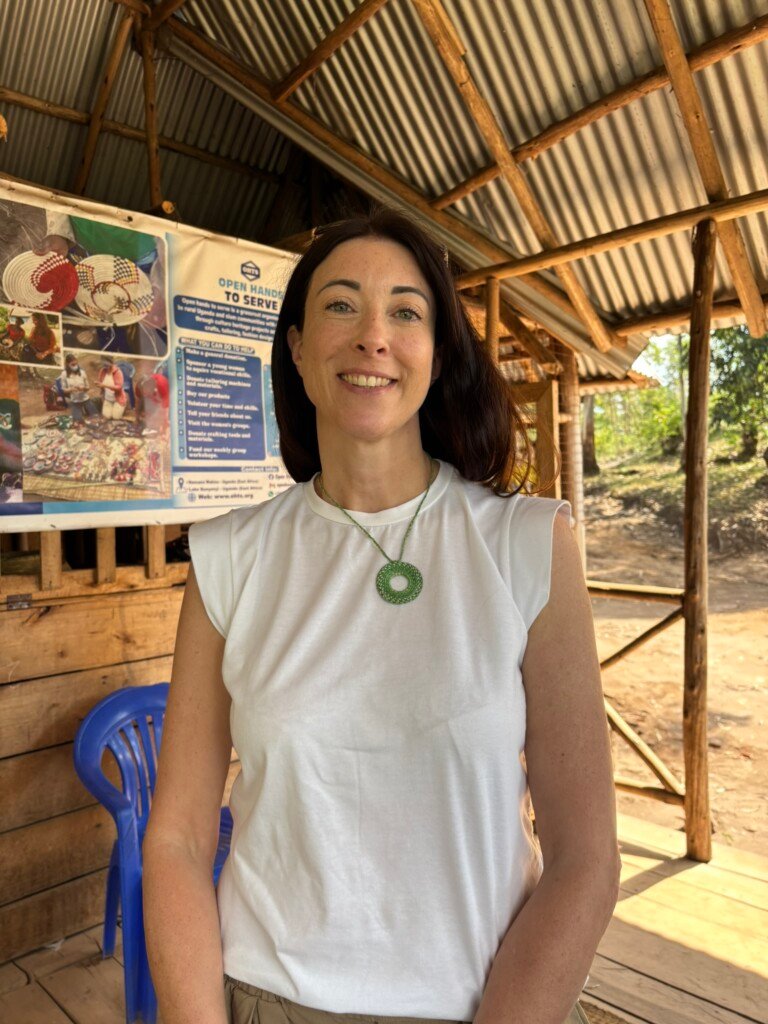
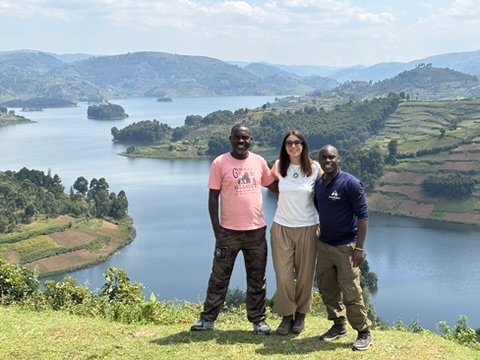
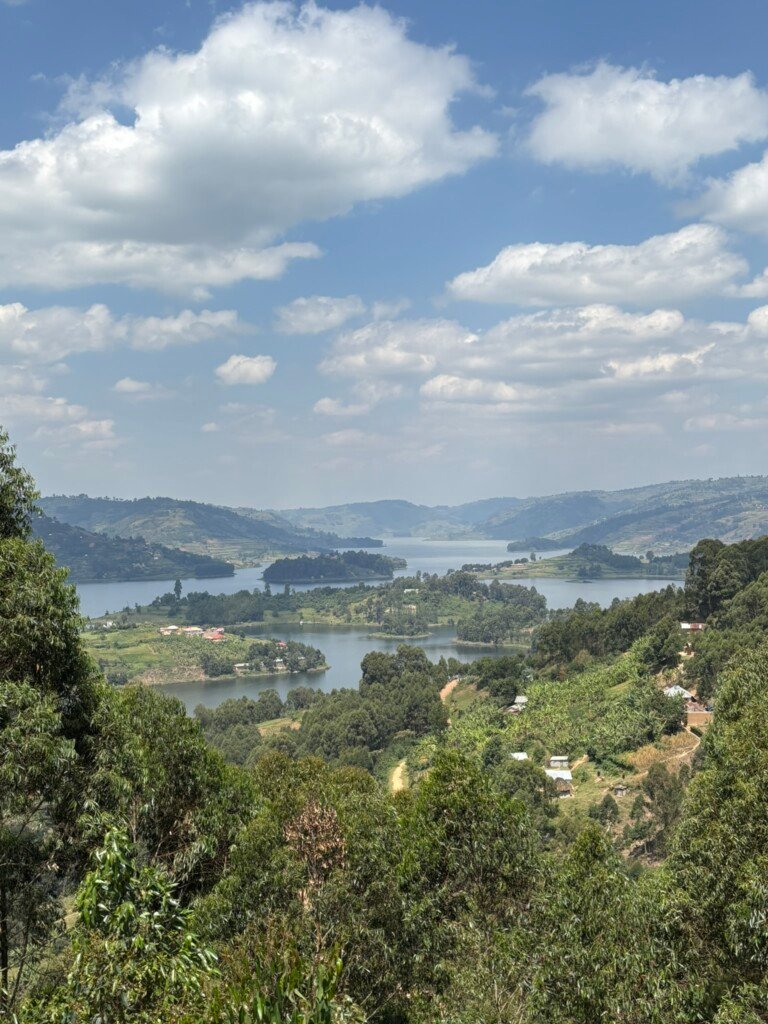
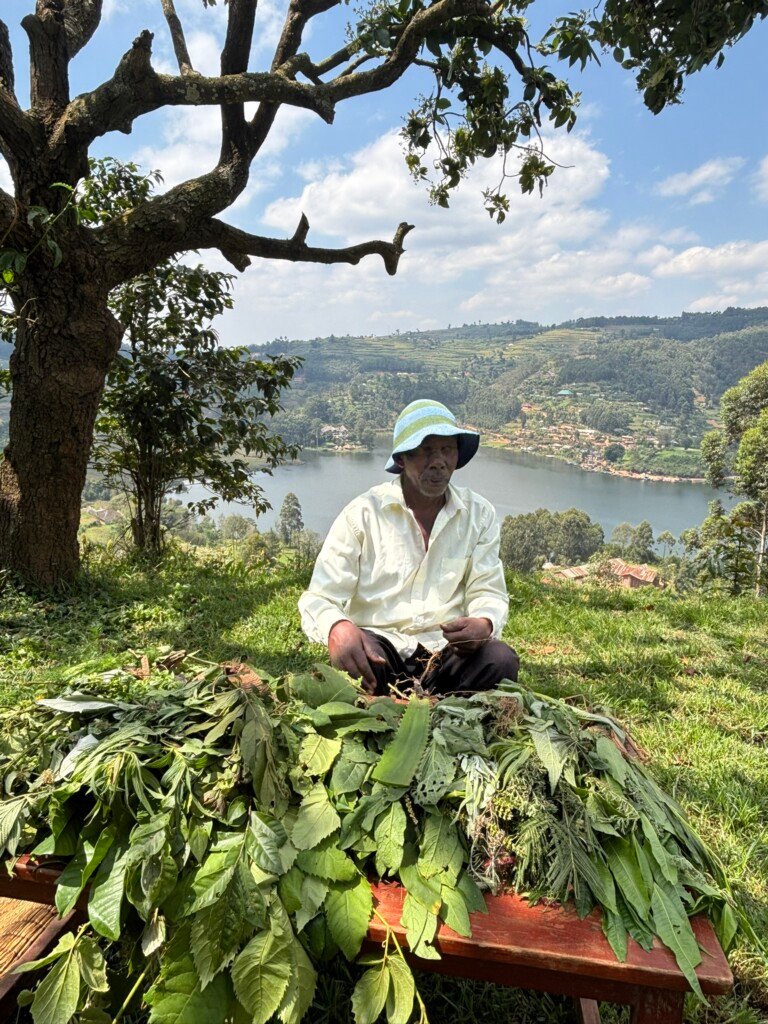
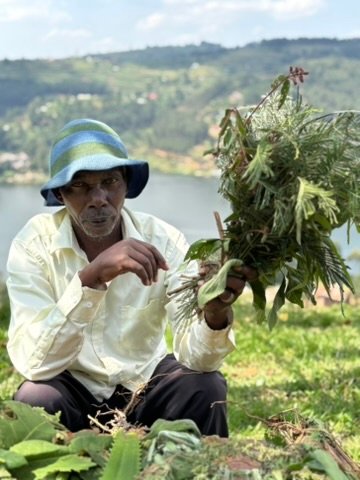
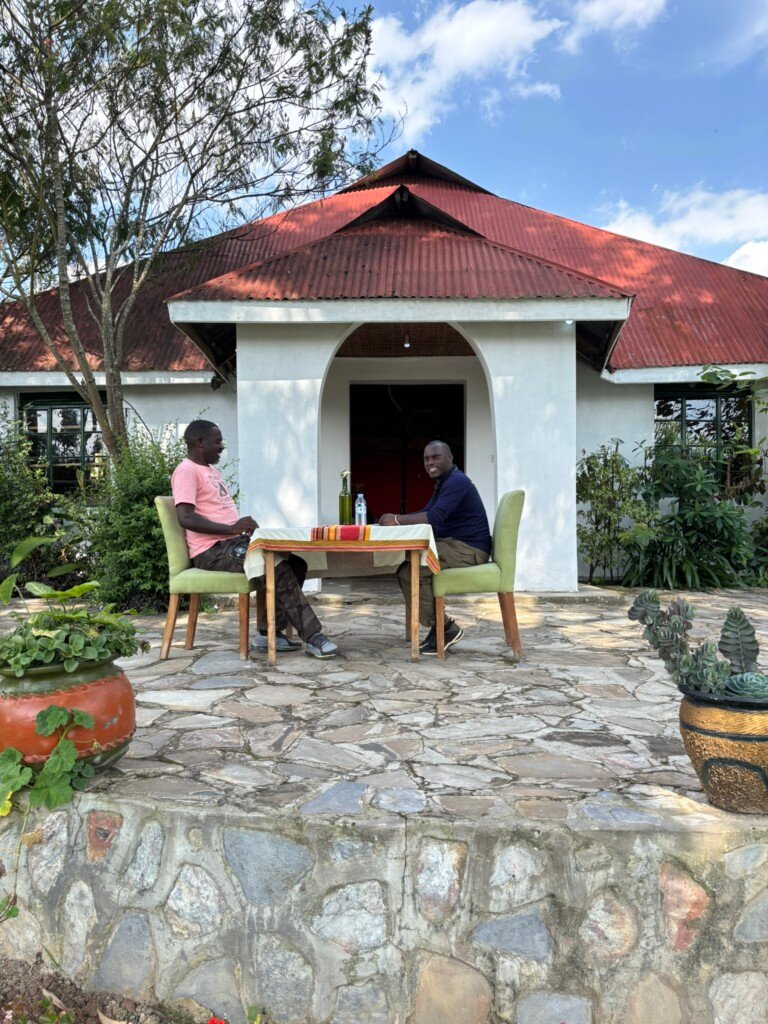
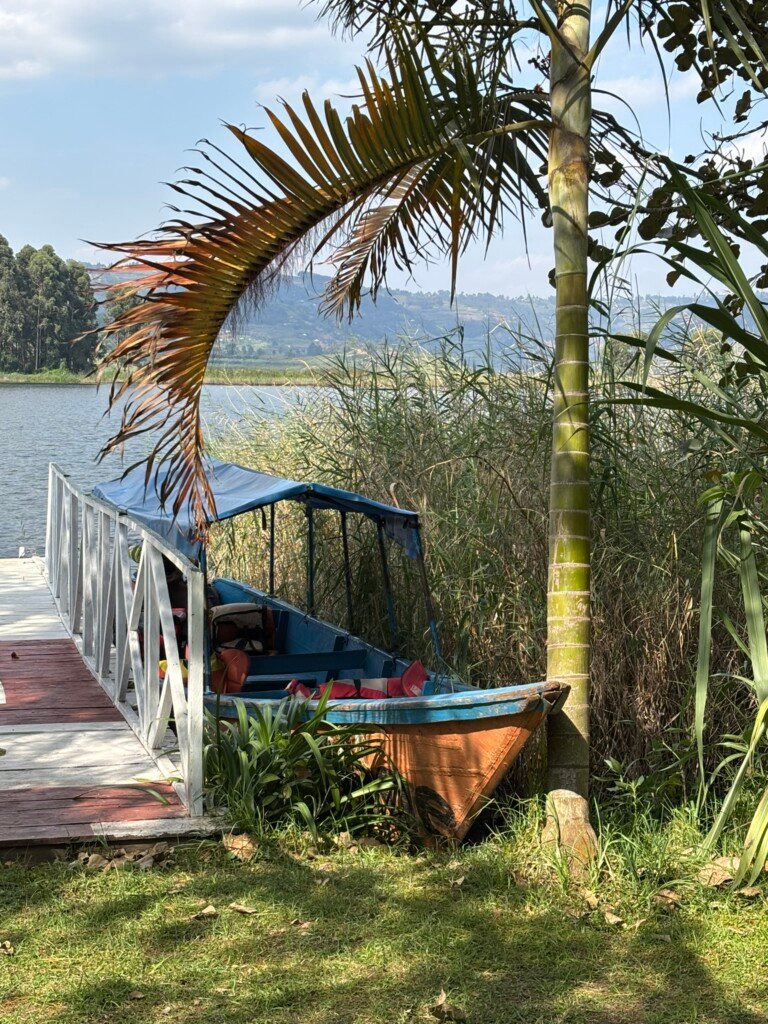
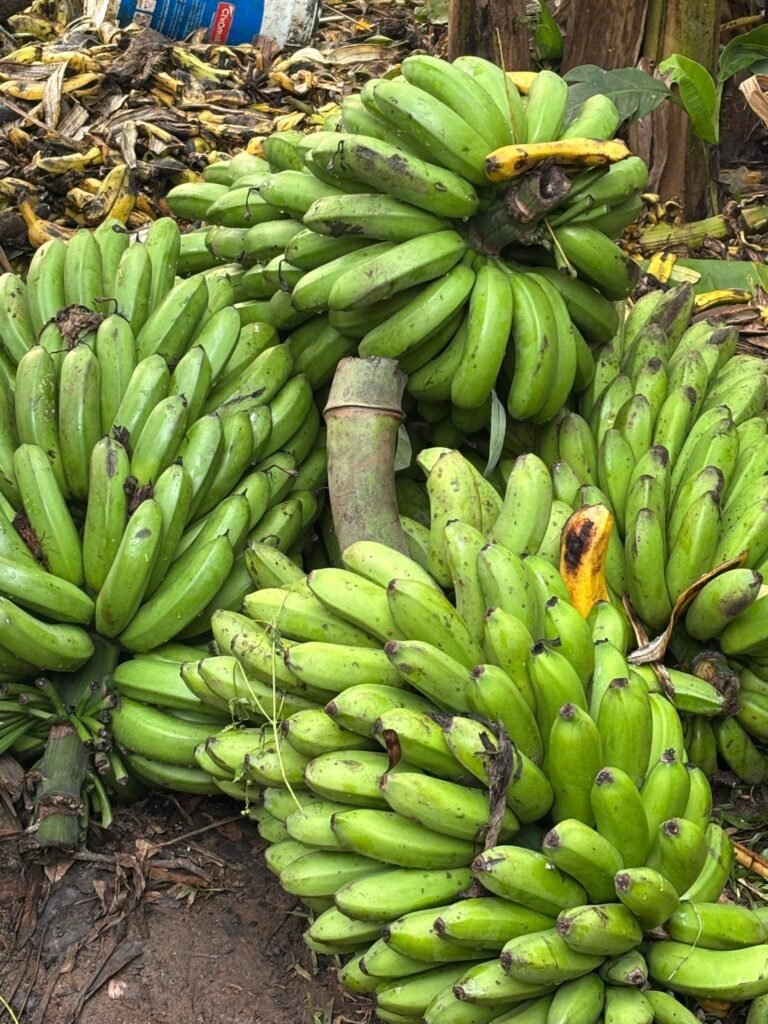
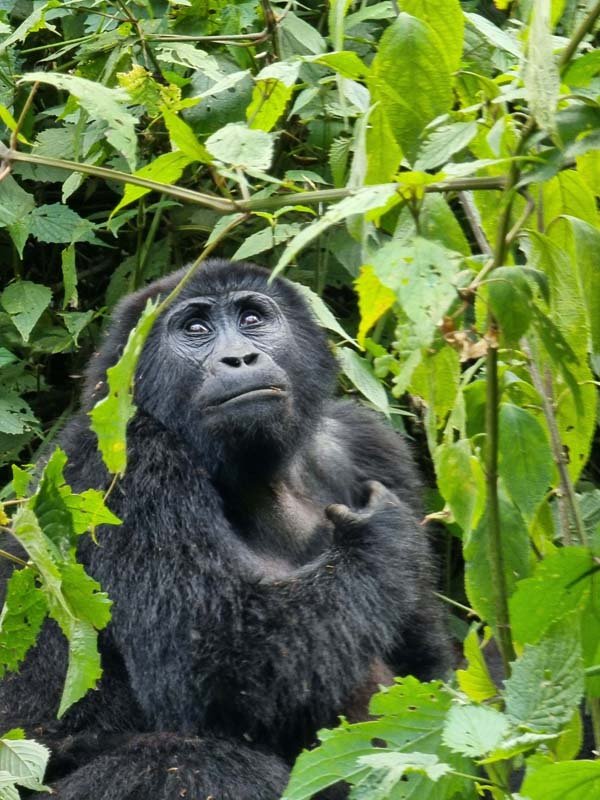
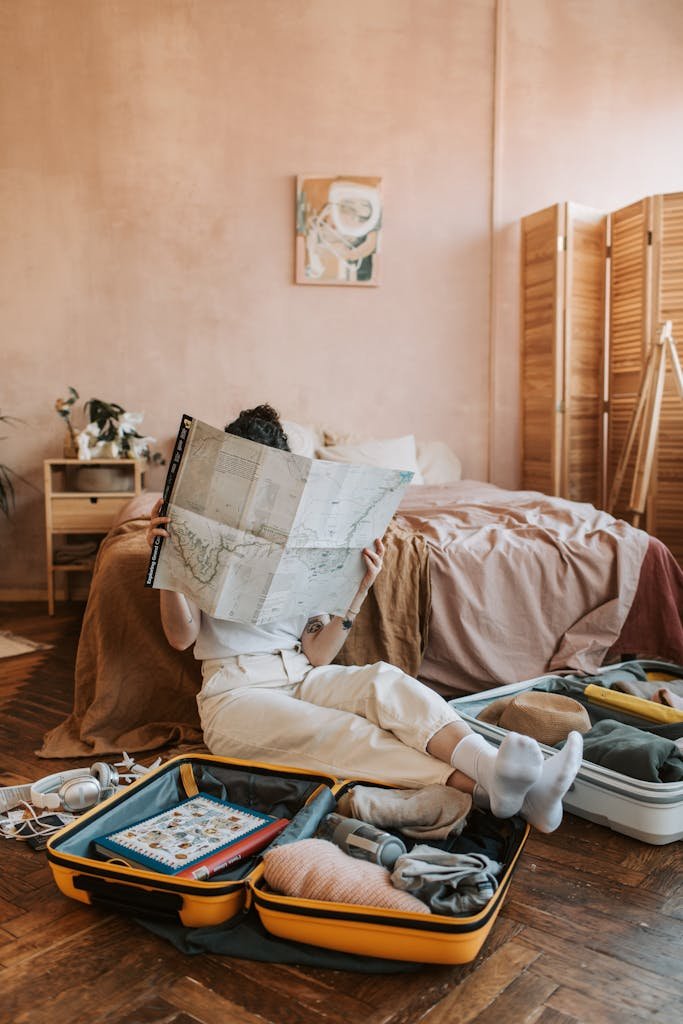
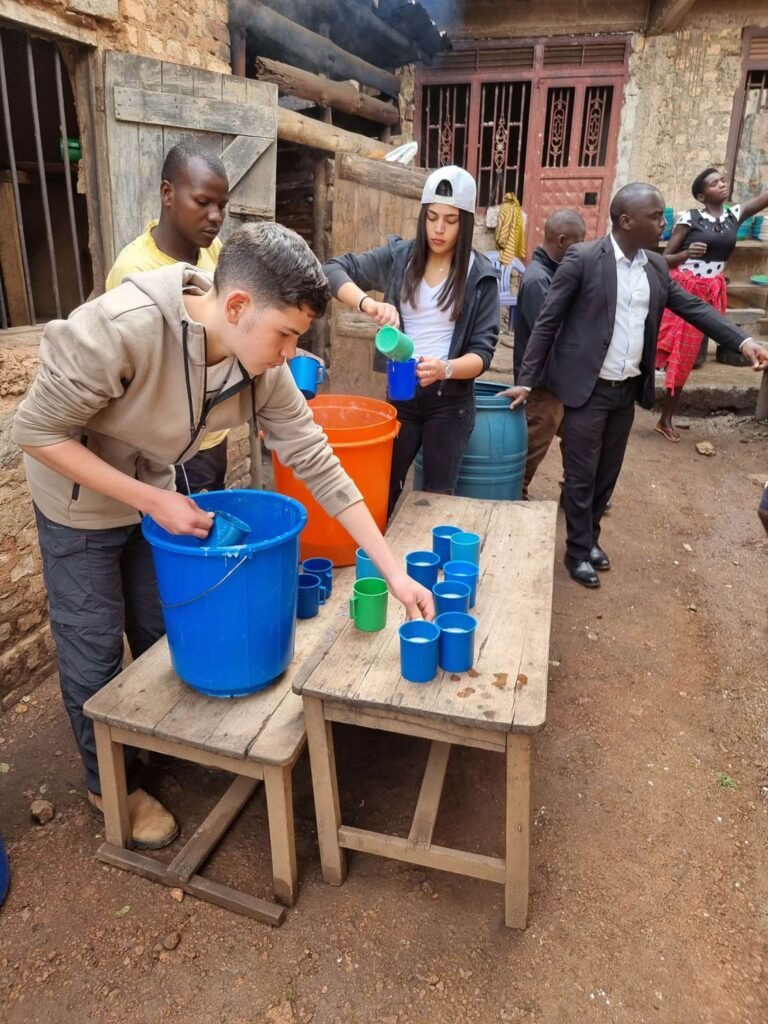



2 Comments